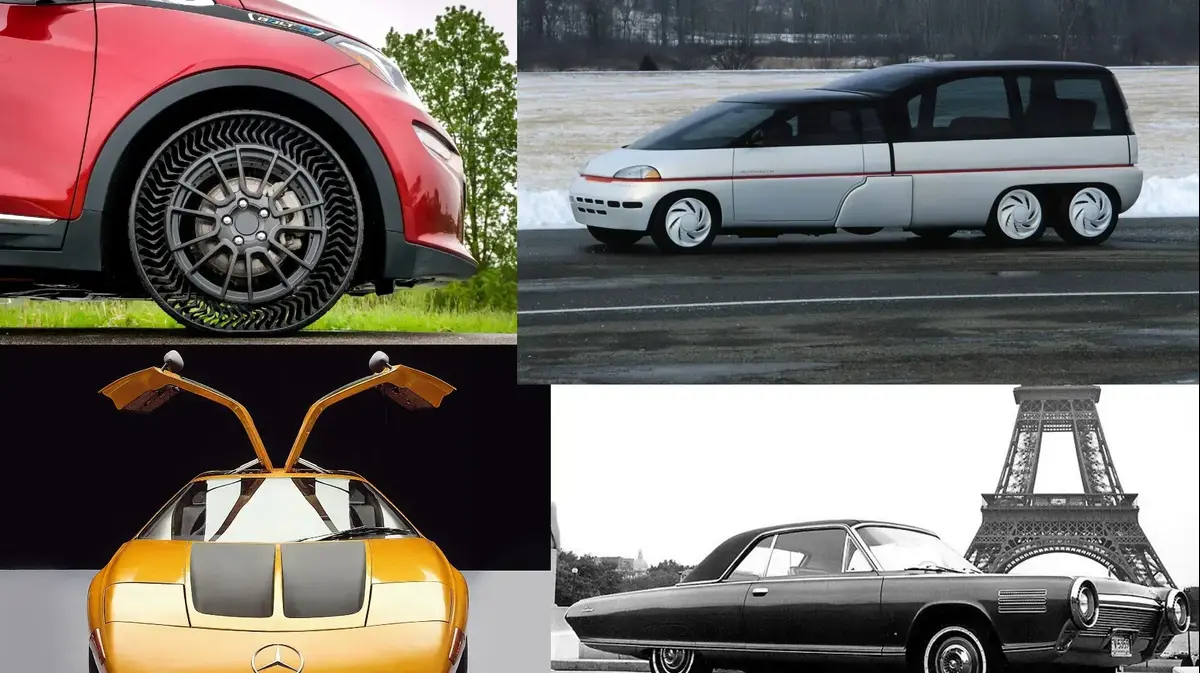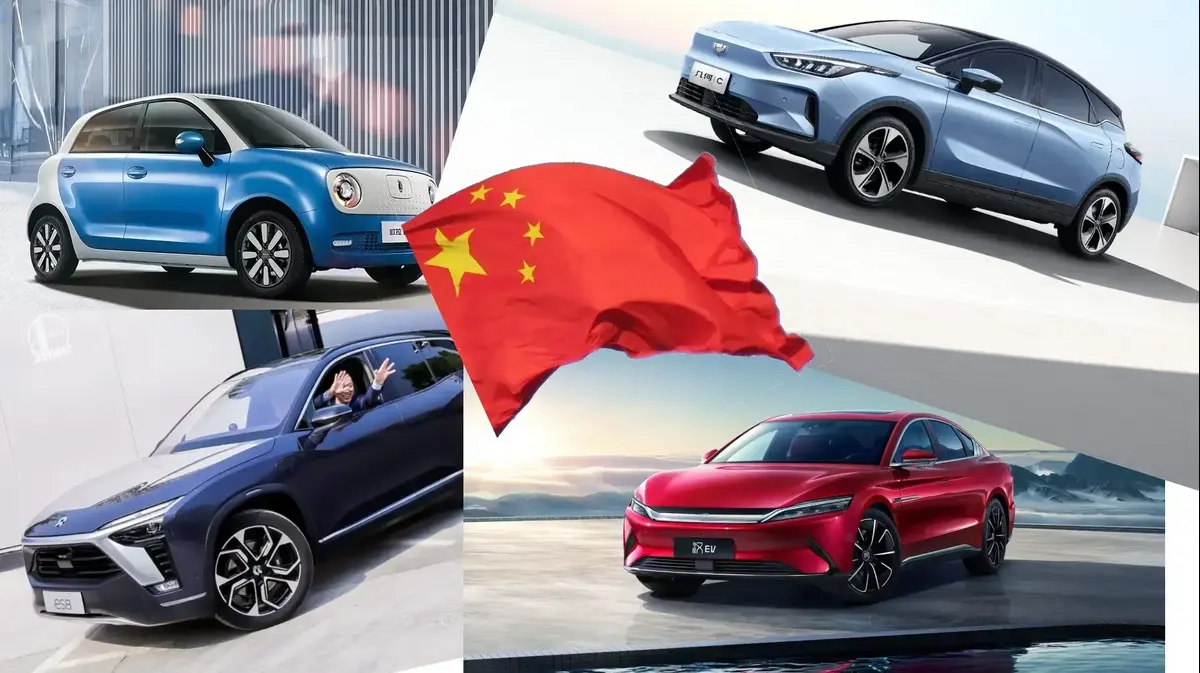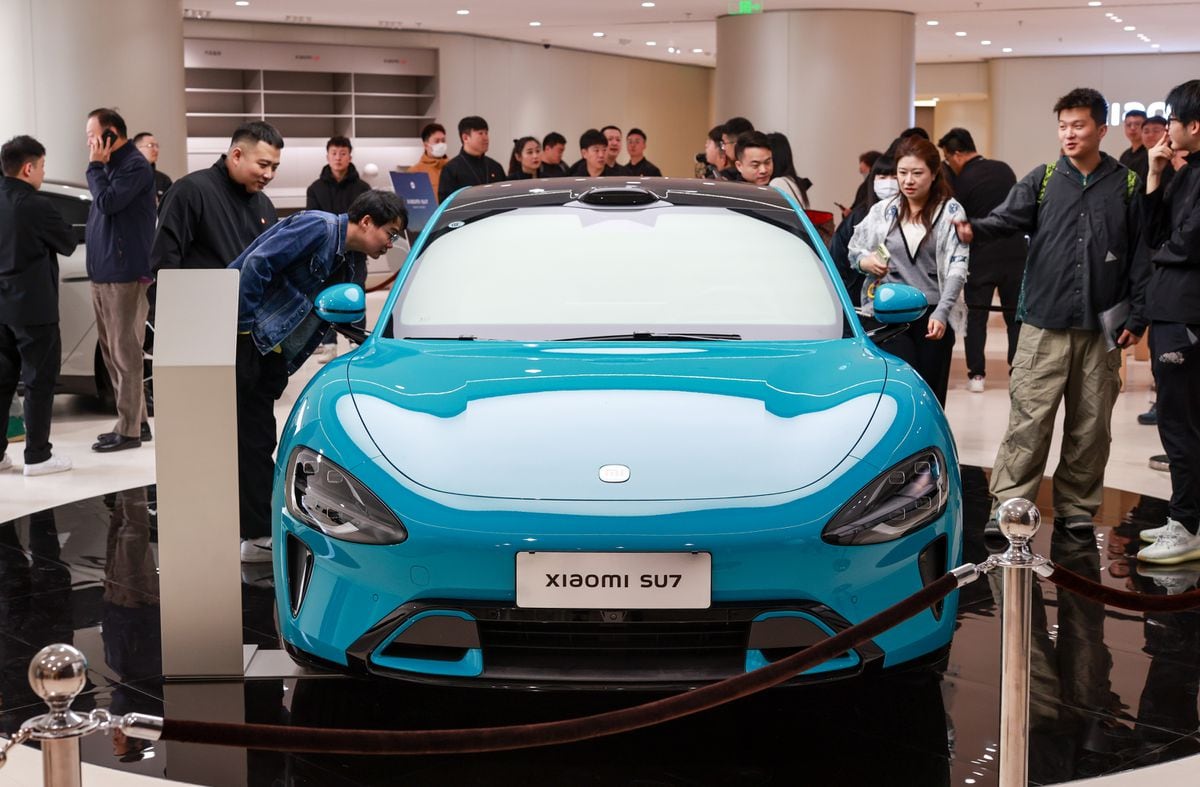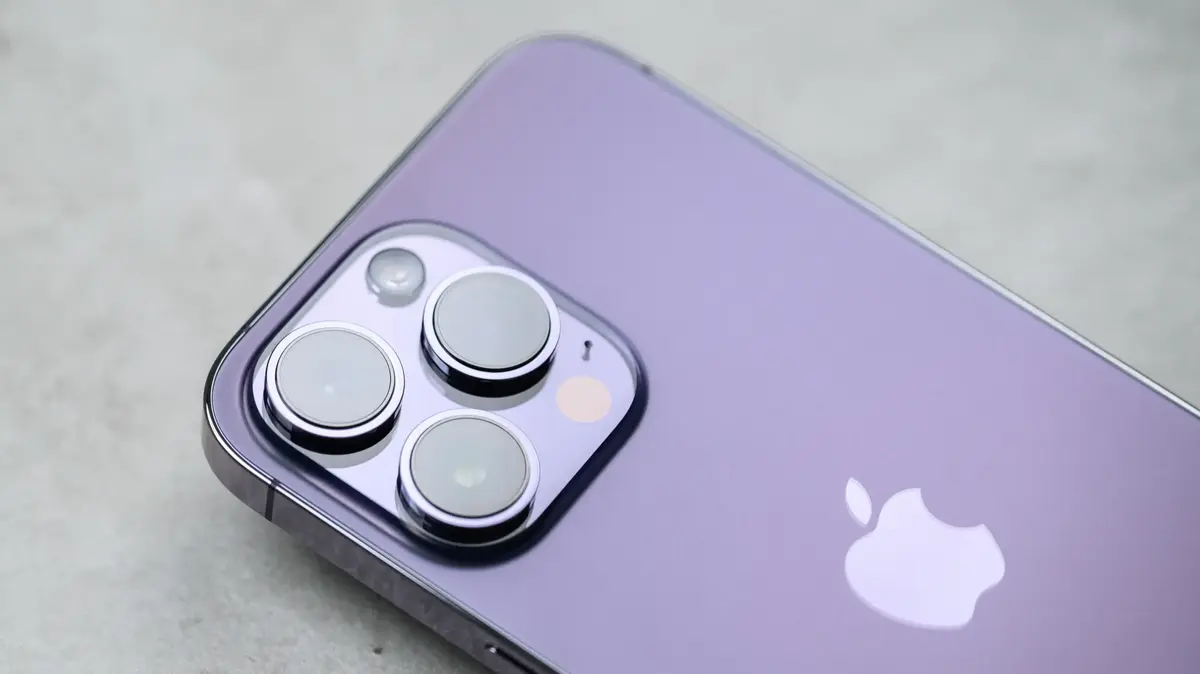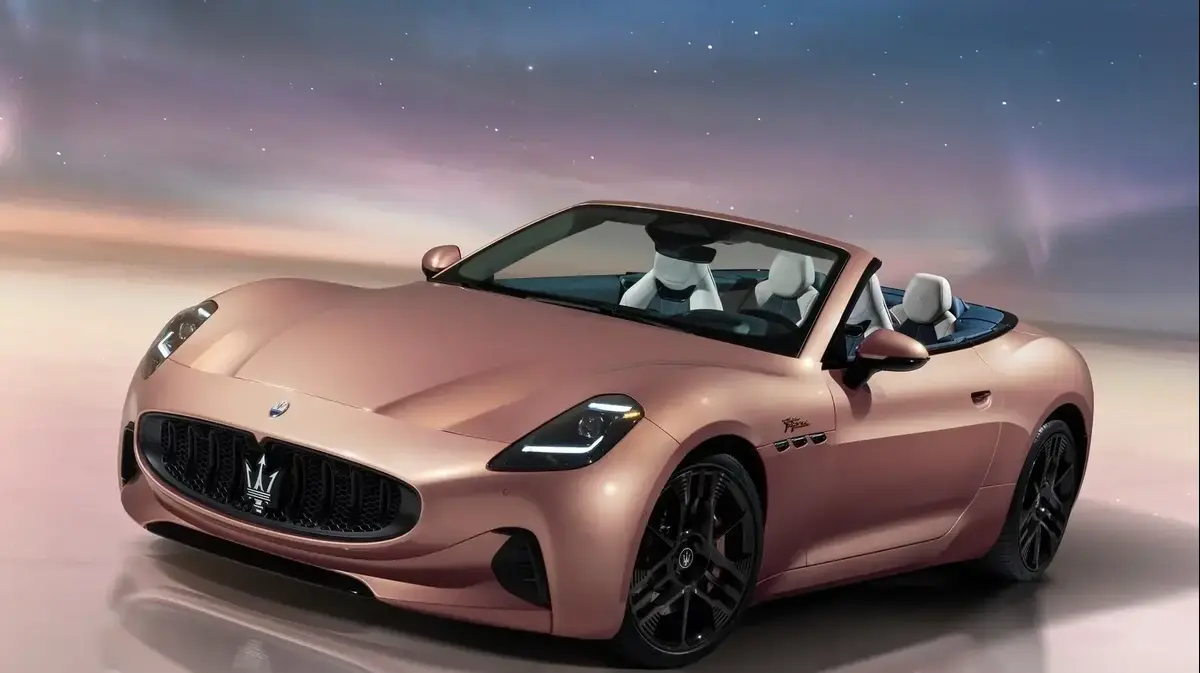So they said: The features that the car industry has promised us
Innovative concept cars are the showcase of automakers, in which they allow themselves to scatter a host of promises on different and weird technologies.
These are some of them and the reasons why they will not really happen in reality
Keenan Cohen
25/01/2022
Tuesday, 25 January 2022, 19:35 Updated: 20:05
Share on Facebook
Share on WhatsApp
Share on Twitter
Share on Email
Share on general
Comments
Comments
OK, so life is not quite what you were promised.
Until the age of 21 you probably will not reach the moon, even in the third decade of the 2000s we do not walk around in silver suits, no one feeds on concentrated and satisfying food capsules the size of a game cube and as for flying cars, let's, first deal with traffic jams on the ground.
And yet, over the years to this day, the automotive industry has always been careful to present to us the distant vision of amazing technologies that will completely change the way we use our cars.
True, most of these technologies were in concept vehicles whose main purpose was to generate interest, catch the eye and ignite the imagination with no real intention to produce them.
And it is true that at least in some cases we see a leakage of some of these things even to cars that can be bought in showrooms.
And yet, there were some things we were really happy to see in our cars.
More on Walla!
The cars that changed the world - Part 1
To the full article
If it has seagull doors - it's cool!
Mercedes C111 (Photo: Manufacturer's website)
One day I may spread my wings: seagull doors
The car historians were divided as to whether the seagull doors, those that open up above the cabin appeared for the first time on the 1939 Bugatti Type 64 or whether it debuted in the 1952 Mercedes W194 race car.
Either way, on the fact that they first appeared in a serial car in a 1954 Mercedes 300SL, there is probably no disputing.
Since then, these doors have been a kind of icon that has stirred the imagination of designers and car buyers.
The fact that in practice these doors are quite problematic, especially when they need to be closed while sitting inside the car and also engineeringly challenging did not really dim their aura.
DMC Delorian, at least she had cool doors.
The rest ... (Photo: VELOCE)
Such doors have appeared in several serial cars since, the best known of which is probably the Delorian (and their function in it was its smallest problem), but have not really caught on.
The one that today is more or less the only one that uses similar doors called "falcon doors" is Tesla with the Model X. The
one who has been careful for years to use this accessory in its concept cars is no different from the one that started with it - Mercedes.
Starting with the C111 and down the road and with a few more bizarre ports like the 1991 F100.
Maybe in 2024.
Michelin's TWEEL (Photo: Manufacturer's website)
Bye bye punctures: Tire without air
A puncture-resistant tire is the double-edged sword of tire manufacturers.
On the one hand a revolutionary, amazing invention that will solve the drivers from one of the great frustrations of a flat tire that always happens at the wrong moment, in the wrong place and when in the trunk there is a half house that needs to be unloaded to get to the replacement wheel.
On the other hand, as companies whose business is to sell tires ... well, you understand where this is going.
But take Michelin for example, the highly regarded tire manufacturer from France that has been developing the TWELL for many years.
It is an airless tire made of rubber and fiberglass and actually creates a structure that supports the sole of the tire without the familiar configuration of a rubber filled with air.
And although he is a Muscat "Otto", his first appearances are remembered from 2004 and he comes and goes once every few years.
Already in use for engineering tools, SUVs and forklifts (Photo: Manufacturer's website)
The last time this was was in 2019 when together with General Motors the company conducted tests using a tire on the electric bulge cars.
The new target: 2024 - if all goes well.
It is also worth noting that at least in the engineering tool industry, ATVs and other SUVs have already used this type of tire, but it has not yet reached a wider distribution in cars.
But not only Michelin, Hancock also introduced a similar tire, under a different name - i-Flex, but more than an engineering challenge, this type of tire also has a significant ecological significance of saving tons of rubber waste as a result of non-recycled tires.
More on Walla!
The cars that changed the world - Part 2
To the full article
Vehicle detection cameras and smart traffic light management (Photo: No traffic)
Knowledge is power: telemetry systems
In a world where electronic components are "talking" all the time, and the "Internet of Things" is no longer a distant vision of nerds fantasizing about the refrigerator sending an automatic milk purchase request when the carton weight drops, expect an information system that can link cars, infrastructure and even the car itself. - Does not sound like something completely delusional.
True, there are already today kinds of applications for a system of cameras that are connected to traffic lights and know how to manage the flow of traffic according to what is happening at that moment.
There are also places where sensors on the road warn of traffic congestion appear long before you get an indication in Wise - but it still does not happen to the extent you would expect it to.
Communication systems between the car itself and the driver are also quite limited today to what the car displays on the dashboard and this too is going to be reduced.
More on Walla!
Tens of thousands of drivers will see this light bulb in the morning
To the full article
Our car can tell us much more (Photo: Walla! NEWS system, Keinan Cohen)
But what if your car were to tell you that it's been too long since you checked oil, that the amount of water is too low or at all, that there is freedom in the accessory strip and the alternator no longer claims as it used to.
By the way, most of this information and even more of it is available, but at this point it will usually require you to connect with a component to the diagnostic socket and be equipped with a suitable application.
So one can take comfort in the fact that at least in some areas, like tire pressure, and in some cars also the need to fill windshield fluid will get a reminder, but it is impossible not to think that they could have offered much more information.
And this is information that can definitely make the maintenance of your vehicle one that is much more aware of what should and should not be done in your car.
From now on you are welcome to continue with the conspiracy theories for reasons that it does not happen ...
Lincoln Future, everyone will see you poking your nose (Photo: Manufacturer's website)
Canopy and innovations: Transparent canopies
They burst into consciousness somewhere in the 1950s, one of the heyday of concept cars.
Inspired by the worlds of aviation, the space and futuristic look and the significant leap in plastic processing techniques - these and others have led almost every manufacturer to present some spectacular car with a transparent canopy for their cars.
And true, they look much better than they are a practical solution or provide an adequate level of safety.
In the practical aspect - tremendous heat radiation, the difficulty of keeping it all clean all the time and also this part where the whole world sees how you pluck eyebrows, put on make-up, shave, poke your nose, etc.
In the safety aspect, this should be a strong piece of material to offer protection in the event of an injury or rollover without inserting arch-shaped support.
Some of these things can be overcome with materials that can become opaque or transparent at the push of a button, BMW does this excellently with the system on the roof of the iX for example.
Although when you think about the issue of poking your nose, maybe we'll still leave it to concept cars.
This Ford had a nuclear reactor as an engine (Photo: Manufacturer's website)
Turbine, jet, hydrogen, nuclear: alternative propulsion
This time too we are left in the 50s where the automotive world exploded with ideas of combining the hottest words in technology.
Because if today the two magic words are "autonomous" and "connectivity", then it was the jets, the space age and the nuclear power that spun the world.
Ideas for building cars with turbine, jet and even Ford concept vehicles with an engine powered by a tiny nuclear reactor have emerged at car shows.
Chrysler for example introduced in 1963 the "Turbine Coupe" a car with a turbine engine that even came into production and actually drove on the road.
By and large, without going into the details of the engineering principle, the idea behind the turbine engine is that it can work by burning any type of fuel (gasoline, diesel, kerosene and even jet fuel), does not require much of the cooling systems and has very good energy efficiency.
Oh, and they also have a cool sound to Allah.
55 units of it were built, with 5 being prototypes and the rest of the cars in normal production (as far as the production of 50 cars is considered "normal").
The cars were handed over to the experimenters and in 1966 upon completion of the project the cars were collected back and destroyed.
9 of them survived, one of them, by the way, owned by Jay Leno.
Chrysler Turbine Coupe (Photo: Manufacturer's website)
Today it can be said that hydrogen propulsion is there, with attempts by several manufacturers including BMW, Honda and Toyota (the latest in the second generation of the Mirai sold commercially) to investigate the practical applications of electrically powered electric propulsion.
And although we are at the beginning of the biggest change the car industry will go through - the transition to electricity - in general it can be said that very little has changed in propulsion technology over the years.
Augmented reality - so far only in luxury cars (Photo: Manufacturer's website)
Do not see with the eyes: augmented reality
Like other technologies, the field of augmented reality is something that should have been much more common in cars a long time ago but is currently limited to a relatively limited number of luxury cars.
The idea basically is to synchronize between what is being captured by the vehicle cameras and information that exists in the navigation system and a GPS component in order to produce a simulation of navigation instructions, alerts and other things on the navigation system.
It could be an arrow pointing precisely at the house at 12 Hatzuki Street in Moshav Givat Emek.
This could be a recommendation to go in for refueling at a nearby station or a flicker that reminds to reduce speed with the detection of approaching schools or a bus dropping off students at the station.
Combining these capabilities with the projection of the information on the windshield for example will also save the wandering look to the mobile device or the multimedia screen in the car.
Plymouth Voyager 3 (Photo: Manufacturer's website)
I put on a pickup truck and got out: changing vehicles
The idea itself was not new, for years Ford for example offered the Model T in a number of vehicles from roadster to light truck that sat on the same base.
But the business took an interesting turn when in the 1970s Italian designer Jogaro (Volkswagen Golf, Alfa Romeo Julia Sprint, Delorian, Lotus Asprey and more) began to explore advanced aspects of this story.
Which matured into a concept car called the "Capsule" that introduced the possibility of switching between several vehicles that all sat on the same base.
Minibus, fire truck, tow truck, luxury minivan, open beach car fire truck and more.
And it was possible to dismantle it into a tiny city car (Photo: manufacturer's website)
In 1989 Plymouth introduced the Voyager 3, a concept vehicle that takes this story to a slightly different place.
It was supposed to be the next thing in the world of minivans and was actually made up of two vehicles.
The front unit called the "command unit" was a small car that could carry three people sitting in one row.
And when the vehicle was required for the use of the extended family, it would connect to the rear puzzle where there was a spacious seating space.
When the two units connected, the rear wheels of the command unit folded and converged into the extended body.
To power the two units each received a 1.6-liter engine.
Mercedes Interchangeable Vehicle Concept (Photo: Manufacturer's Website)
In 1995, Mercedes introduced its version of interchangeable vehicles with the VRC, the acronym for Vario Research Car.
The idea was that on a common basis the customer could actually get four different vehicles;
Cabriolet, small van, van or cash register car.
Well, technically he did not really get four vehicles, because the vehicles themselves were supposed to belong to the company and the customers would come to the service center and be "dressed" in the vehicle they wanted to use.
But as exciting as these ideas may be, in the test of reality they are really, really not easy to implement.
Starting from the technical aspect of structural strength of those interchangeable components, the logistics around this replacement and even this simple matter of the business logic of selling a car that does a few things instead of a few cars ...
The Israeli REE skateboarding platform (Photo: PR)
Indeed, and precisely to end this article with good taste.
Precisely this idea, so strange and complex, makes no small comeback.
And he does it on an electric basis and also by an Israeli company.
The REE skateboarding platform has just what it takes for this arrangement.
The engines themselves are on wheels, and the wheels themselves have an independent steering option without a steering system.
Which allows you to lengthen or shorten the base as needed and dress any vehicle you want on it.
A vehicle that scatters the kids and you on the train and then becomes a commercial for the writer's deliveries and in the afternoon rummages in the garden with an auto-ice cream vehicle.
vehicle
Car News
Tags
Concept cars
Concept
viscous
Mercedes
Michelin
Michelin
Chrysler

